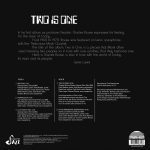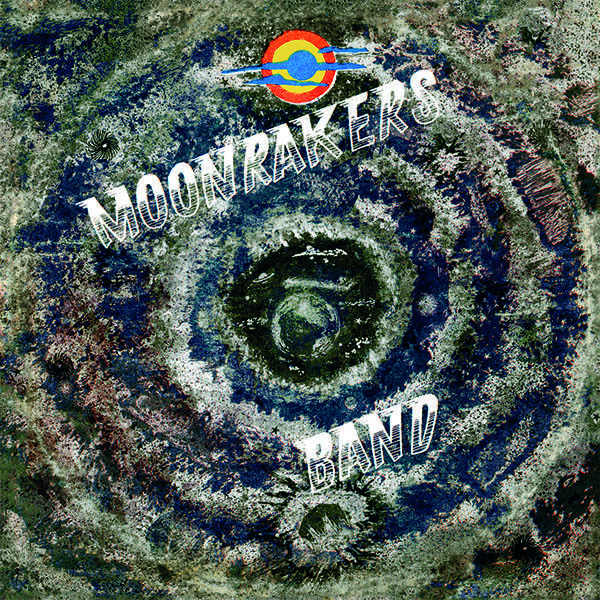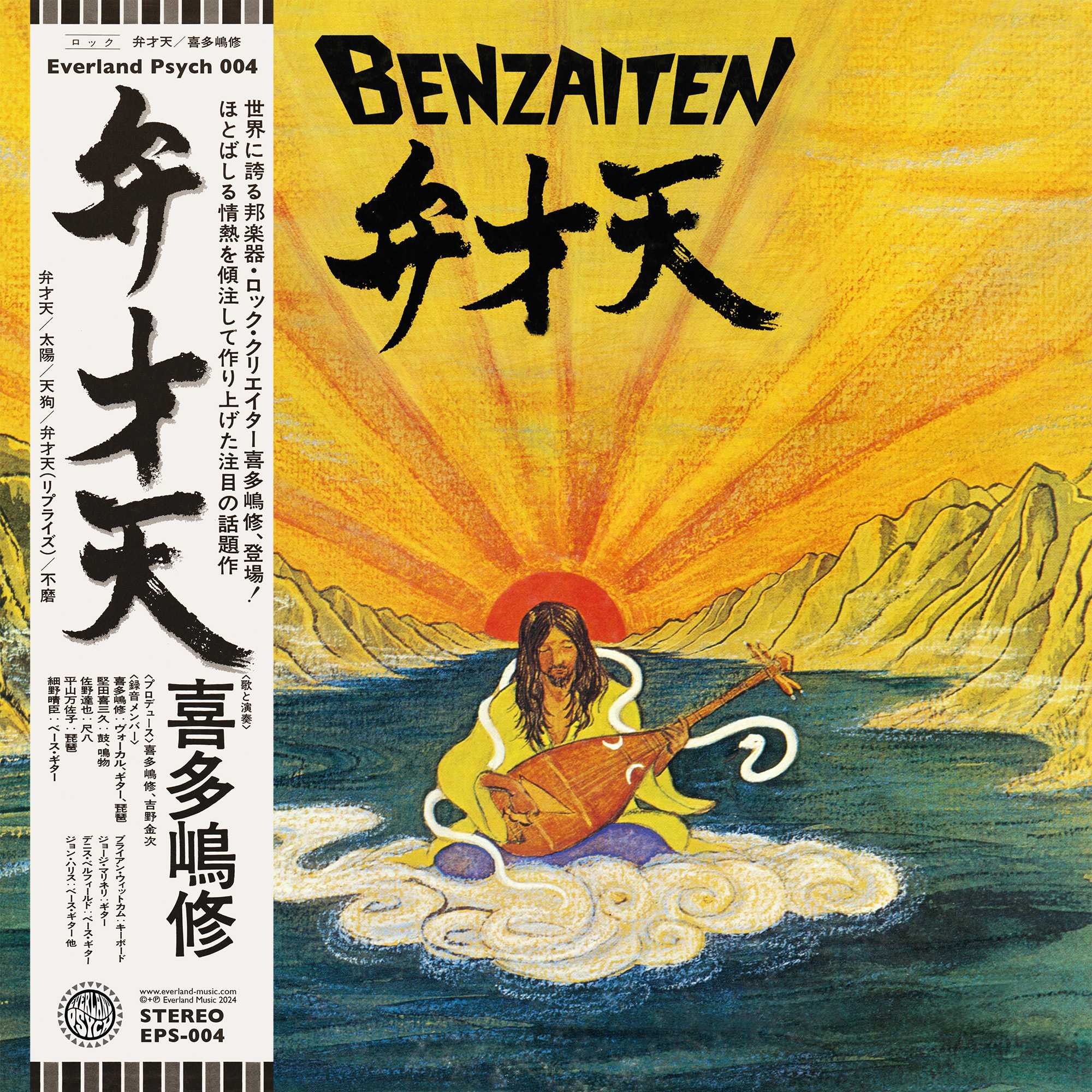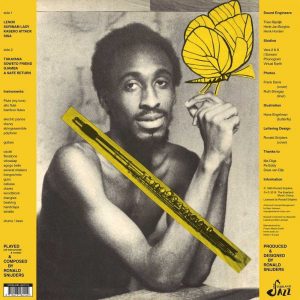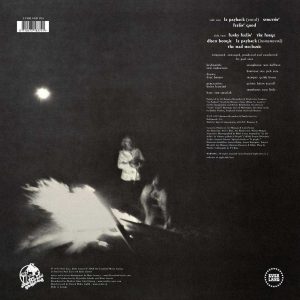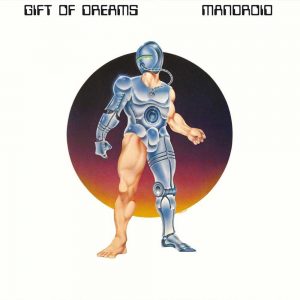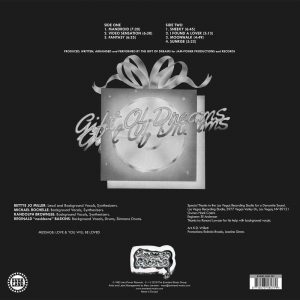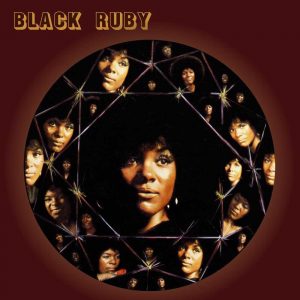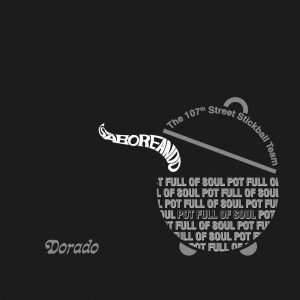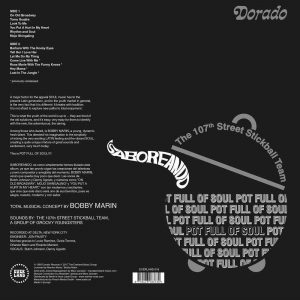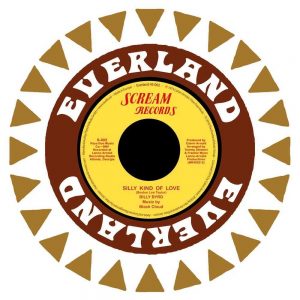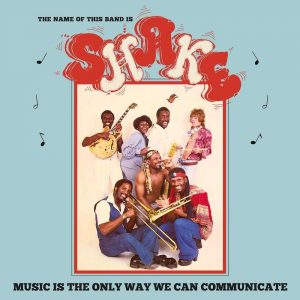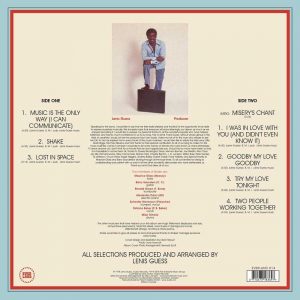Charles Rouse – Two Is One
* 1974 jazzrock / progressive jazz masterpiece
* An album made for those who get shivers of joy from Soft Machine, Miles Davis, The Mahavishnu Orchestra, Embryo
* A legendary yet long lost crown jewel from the golden era of jazzrock
* Charles Rouse used to be sidekick of Mel Waldron, Thelonius Monk or Clifford Brown from the 50s on
* Excellent sound and performance by high class professional musicians
* First official rerelease on vinyl
* Fully licensed
* Remastered audio
* LP housed in a superheavy 430g art carton cover
* Ultimate collectors item for fans of the more adventurous 1970s jazzrock greats


 and many more in checkout
and many more in checkout- Album Description
- Additional information
Description
SHORT: A massive jazzrock album in the vein of SOFT MACHINE; MILES DAVIS and THE MAHAVISHNU ORCHESTRA which even resembles German Krautrock acts from time to time. A colorful cocktail of many influences from funk and soul to free jazz, Indian and Eastern European traditional music kept together by the brilliant saxophone play of leader Charles Rouse.
DETAILS: You think this is an easy one’ You think this one only requires a quick description. Well, as a music lover you are well aware never to underestimate a piece of black gold such as this and I am currently left breathless by the intensity of this effort. Jazzrock, fusion, souljazz, a slightly funky approach, it is all present on “Two is one” which rather should be called “Many are one” as there are quite a few aspects of the modern electric jazz music after 1969 to be found on this record. So what do we have here’ A 1974 band release by saxophonist Charles Rouse, a renowned player with greats like Mel Waldron, Thelonius Monk and Clifford Brown since the 1950s, which fetches prices up to more than 200 USD for a well shaped copy of the American first pressing. So far, so cool but what do we have to expect’ I am certain that Charlie Rouse was well familiar with the late 60s efforts by fellow jazz legend Miles Davis that turned jazz music into a new direction due to the electrification of the sound itself with electric guitars and bass guitars. But Charles Rouse does never copy anything Miles Davis had brought to fame, he rather develops his own way of getting jazz music onto a new level. The opening tune “Bitchin'” might remind you of Miles Davis just due tot he similarity of the title to Miles’ “Bitches brew” album from 1970. It is rather a smoothly grooving soul instrumental with the brass section taking over the whole melodies and Charlie Rouse with his saxophone playing the lead voice. It is well played, has a constant groove with the drums upfront and percussions rumbling in the background to add more complexity to the groove patterns. The electric lead guitar is equally upfront as the saxophone with cool melodies. Towards the last third oft he song the playing, especially the saxophone playing, gets a bit more frantic and tries to escape from the regular structures but Charles Rouse brings it back to the main harmonies. A fine piece all in all. And the record plays on. Something completely different appears. “Hopscotch” has a rather motoric beat that does not change over the whole playing time. It is a jumping and grooving funky rhythm that gets repeated over and over again. The instruments play rather free runs and the saxophone on top lays down some haunting melodies. This reminds me of what was going on overseas in Germany during the time “Two is one” got released, it has a certain “krautish” atmosphere and due to the repetitive groove the song reminds me of CAN. I am not certain if Charles Rouse was aware of what was going on overseas and probably this is just a coincidence but “Hopscotch” with his hypnotizing groove and only sparsely used melodies could easily be the American answer to what happened overseas, also in England with THE SOFT MACHINE. With “In a funky way” the band goes back to an easier song structure. A constant groove with the saxophone playing what might otherwise have been the lead vocals if there was a singer. The sweet melodies are stroking the senses, while the guitar solo heats up the atmosphere slightly. This is funk as people want it to be. Slightly frantic here and there but straight in its approach and definitely cool. Back to real electric jazz with the title track. A repetitive bassline that changes only a bit, free form rhythm patterns, a funky guitar, the saxophone freaking out. The rhythm patterns finally flow into the same directions but appear to be quite hectic, while the bass guitar stays playing the same line for quite a while. No real melodies shall be heard from the guitars. This is jazzrock with a free approach and should definitely go well with the British Canterbury community. A tough piece to eat. By the end oft he first third and the beginning of the second you witness a violin playing slanted disharmonic lines. And this tune has a running time of eleven minutes. The great MAHAVISHNU ORCHESTRA comes to mind. A percussive freak out part with all kinds of bells and chimes sets in. The bass guitar plays single notes into it and out of nowhere a rather straight funk part sets in but always with a touch of a slant position in a jazzy way. So you see, this album is by far no easy one to get. And we have another long track ahead. The song ends with a slightly out of this world freak out section but this is so typical for this kind of music. Now what will we hear from the last song, “In his presence searching”‘ This one starts with a rather mysterious atmosphere, calm, droning like an Indian raga with haunting saxophone melodies on top. John Coltrane could have made such a song if he had survived until 1974. A string quartet adds some depth to the atmosphere. A rather macabre atmosphere to be honest. This is a gloomy tune and it stays gloomy for quite a while. Even when the drums kick in and the song takes pace this is far from lightweight popular music. Enchanting and thrilling for sure but utterly dark up to the first half and then a playful jazzrock section enterst he scene with a slightly oriental expression first, then turning into a free jam with an intense lead saxophone that jumps in between ancient bepop patterns and free jazz. These strange violin passages also appear again. As if Erich Zann would play manicly to keep away the creatures of the dark from his room. Do we hear some kind of Eastern European influence’ Some gypsy music’ Probably we do as this is not only a really haunting but also rather colorful composition. While having reached the last minute the bass guitarist gets his go to show his skills and then a passage with only rattles, bells and chimes comes and leaves and another part driven by some kind of Eastern European melodies end this song. This is an album for that part of the jazzrock community that is not afraid to push the boundaries from smooth and gentle funky and soulful aspects to wild and frantic eruptions in the best SOFT MACHINE vein. All in all an outstanding gem and a long overdue vinyl reissue on EVERLAND JAZZ. Needless to say that the participating musicians were all masters of their instrument and even in the wildest moments play with precision and determination. The production is on par with the best of its era, crisp and clear to give each instrument the freedom to develop. All in all this is a must have for all jazzrock fans. Well done, guys!
TRACKLIST: 1. Bitchin’ / 2. Hopscotch / 3. In A Funky Way / 4. Two Is One / 5. In His Presence Searching
Additional information
| Weight | N/A |
|---|---|
| Format |



